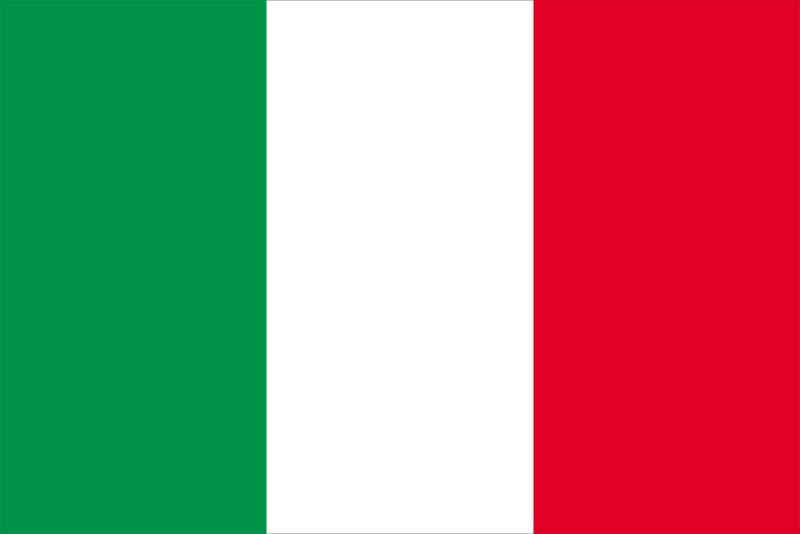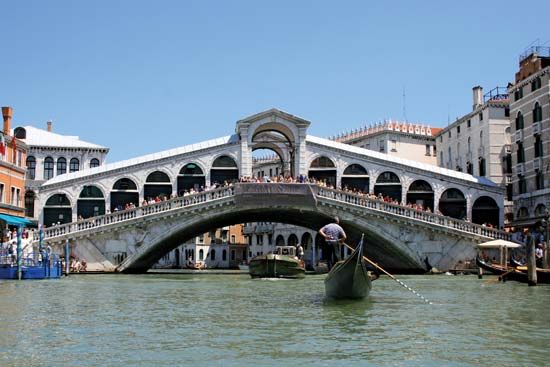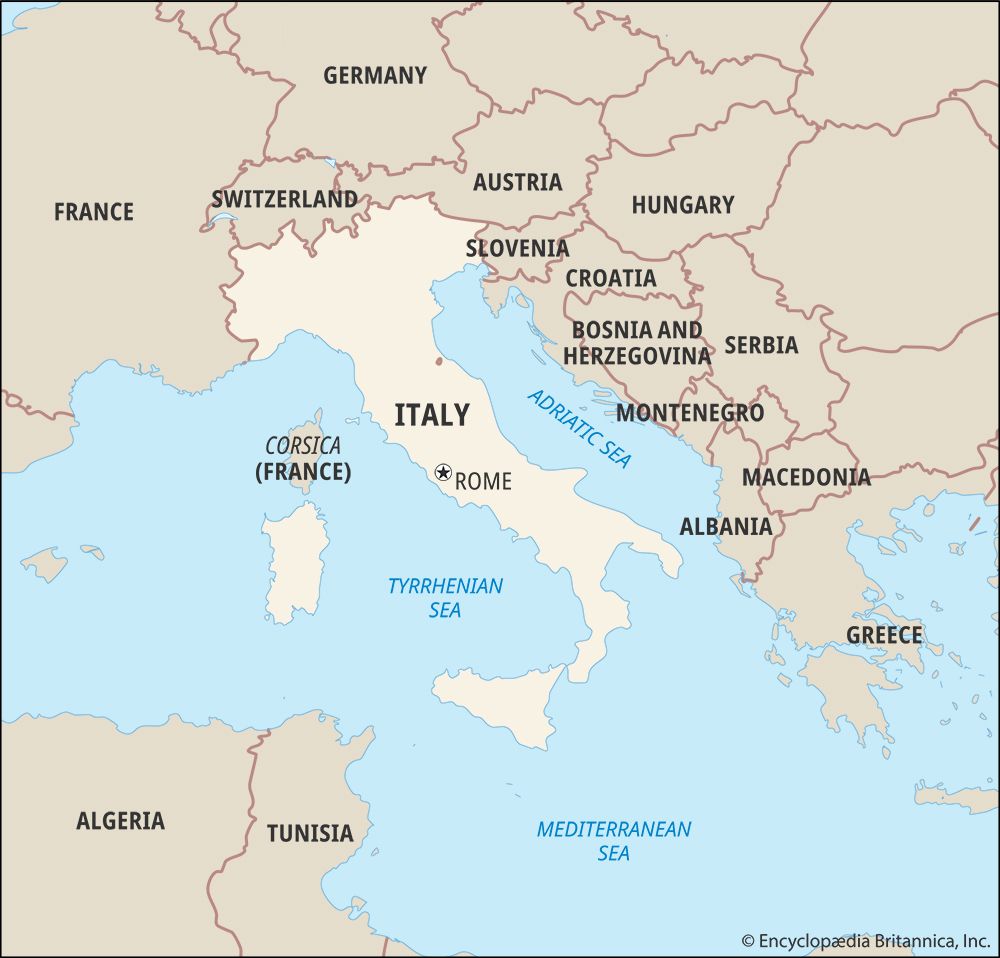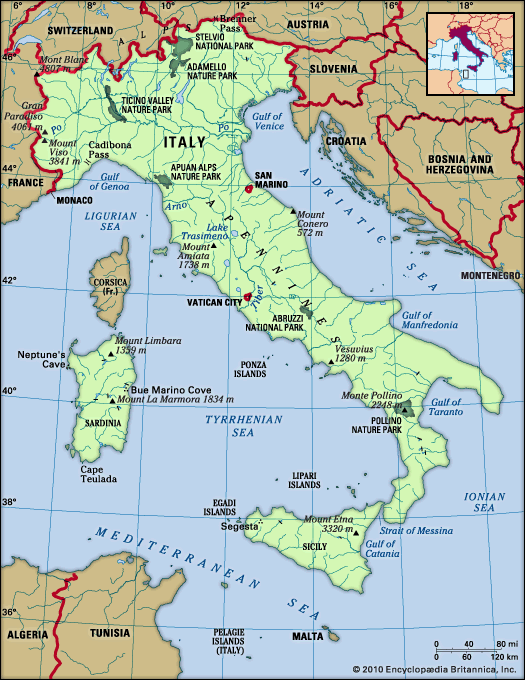- Italy in the early Middle Ages
- Italy in the 14th and 15th centuries
- Early modern Italy (16th to 18th century)
- Revolution, restoration, and unification
- Italy from 1870 to 1945
Our editors will review what you’ve submitted and determine whether to revise the article.
Two years later, in June 1866, the outbreak of war between Austria and Prussia diverted attention from Rome to Venetia. The Italian government of Alfonso La Marmora, under the terms of an alliance with Prussia, attacked Austrian-held Venetia when Prussia attacked Austria from the north, but the Italians met defeat both on land at Custoza (June 24) and at sea near Lissa (July 20). In July Garibaldi led a band of volunteers who cooperated with regular army units to achieve some moderate success near Trento, but the government ordered him to withdraw when Austria and Germany concluded an armistice. Through the mediation of Napoleon III, Italy obtained Venetia in the Treaty of Vienna (October 3, 1866). In the spring of 1867, Rattazzi returned to power and permitted Garibaldi to station volunteers along the papal border. However, a renewed attempt to march on Rome merely brought back French troops, who defeated Garibaldi at Mentana on November 3. Arrested once again, he was sentenced to house arrest on the remote island of Caprera, between Sardinia and Corsica, where he owned some property. Italy suffered a marked loss of prestige politically and militarily, and the internal situation was far from favourable. Separatist revolts occurred in Palermo in 1866. In 1869 Parma and other cities rose in rebellion against the macinato (“grist tax”) and other taxes levied to finance the reorganization of the armed forces.
The Lanza-Sella government, formed in December 1869, was perhaps the most typical among the centre-right cabinets of this period. It repressed Mazzinian opposition, advocated free trade, and was cautious in foreign affairs, although, in its careful subservience to France, it nearly acquiesced to the king’s desire to intervene in the Franco-German War.
Recent News
Yet, despite its lack of brilliance, the Lanza-Sella government resolved the Roman Question. Napoleon III’s defeat and abdication deprived the pope of French military protection. Therefore, on September 20, 1870, following a token armed resistance by the papal army, Italian troops breached the city’s walls at Porta Pia and entered Rome. Refusing to accept Italy’s occupation of the city, Pius IX withdrew and declared himself a prisoner in the Vatican palace, a position that his successors maintained until 1929.
Marino Berengo Clara M. Lovett John Foot



























